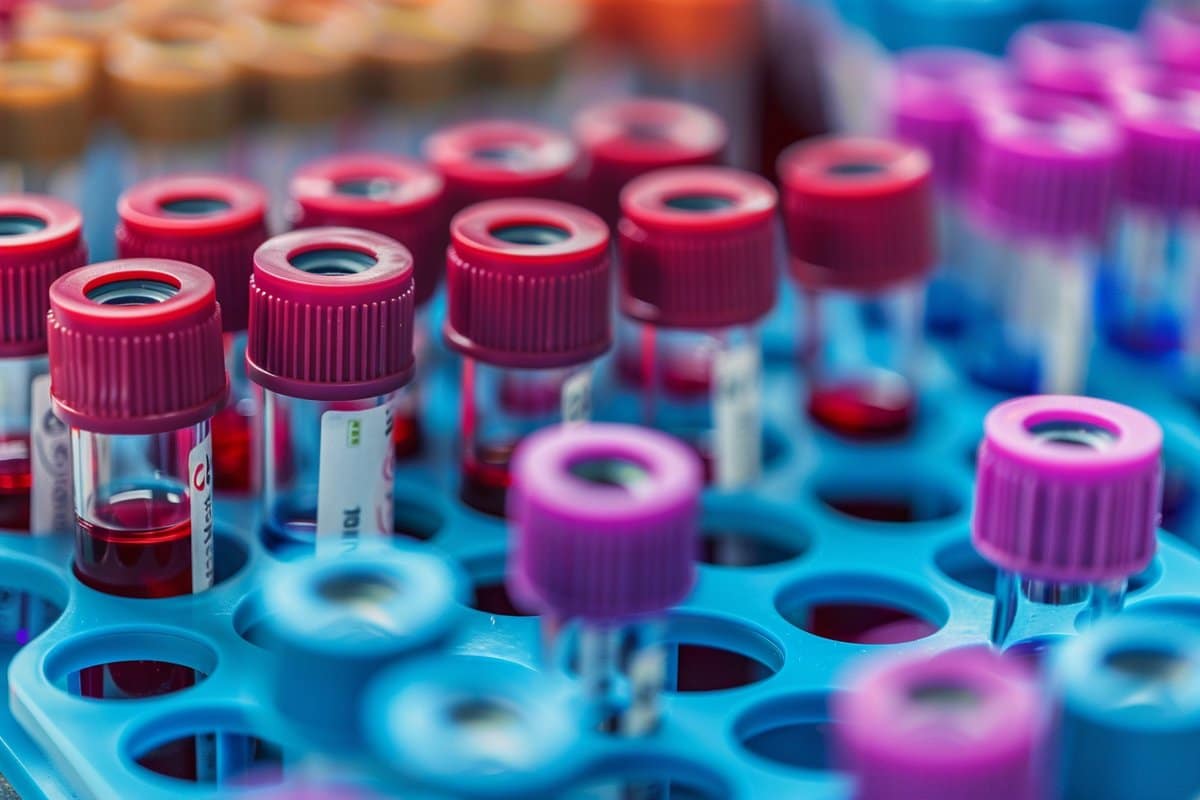
In a groundbreaking discovery, researchers from UC San Francisco and the Department of Defense Serum Repository have identified a unique autoantibody signature in approximately 10% of multiple sclerosis (MS) patients years before they develop symptoms. This finding could pave the way for earlier diagnosis and treatment of MS.
The researchers, led by Michael Wilson and Joe DeRisi from UC San Francisco, used whole-proteome autoantibody profiles to analyze hundreds of MS patients both before and after their onset. They discovered that these patients share an autoantibody signature against a common motif found in human pathogens.
Furthermore, the researchers noted that these patients had elevated levels of serum neurofilament light (Nfl), a protein released as neurons break down. This suggests that the immune system is already attacking the nervous system before symptoms appear.
The team's findings were published in Nature Medicine on April 19, 2024, and have been met with widespread interest from both the scientific community and MS patients.
This discovery could lead to a simple blood test for early detection of MS, allowing for timely intervention with more effective therapies. It also holds promise for transforming the management of MS by moving towards earlier and more precise treatments.
The researchers used phage display immunoprecipitation sequencing (PhIP-Seq) to identify these autoantibodies. This technique involves using a library of bacteriophages, or viruses that infect bacteria, to capture specific antibodies from a sample. The team then sequences the genes encoding these antibodies to determine their structure and identity.
The discovery of this autoantibody signature is significant because it could provide insight into the underlying causes of MS and potentially lead to new treatments. It also highlights the importance of studying preclinical periods in disease development, as these early stages may hold key information for understanding disease progression and developing effective interventions.
The researchers noted that more studies are needed to validate their findings and determine the specific role of these autoantibodies in MS pathogenesis. They also emphasized the importance of continued research into the immune system's role in MS, as this could lead to new therapeutic targets and approaches for treating this debilitating disease.


